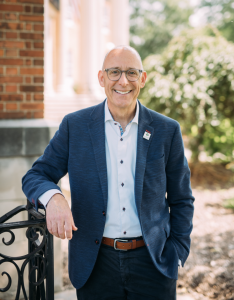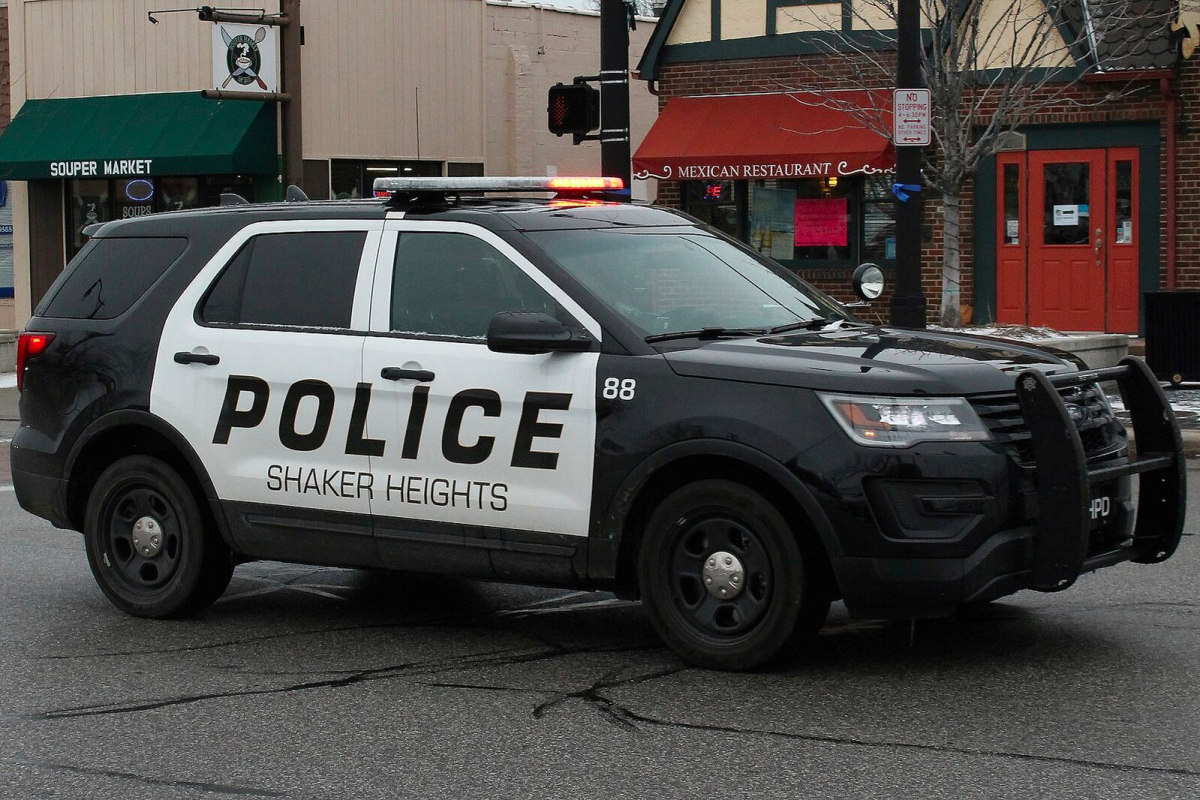Shaker Heights recently witnessed a push for policing changes led by Shaker Citizens for Fair Ticketing (SCFT), culminating in an agreement with the city. SCFT asserted that the Shaker Heights Police Department was unfairly targeting Black people and using a disproportionate amount of force against people of color. However, discrepancies emerged in SCFT’s data, revealing flawed interpretations of statistics that lacked crucial context which undermined the presentation.
Earlier this year, two Shaker Heights residents started SCFT and a ballot initiative to change how the city approaches policing. Before the issue could be voted on, in Aug. 2023, Shaker Heights and SCFT reached an agreement. The compromise introduced a community-wide listening project, a commitment to expanding the city’s mental health first responders, a community advisory group and improved access to police records.
While the initiative was built on four main points–expanding the city’s mental health responders; creating a civilian oversight board; digitizing city data services and reforming its DEI office–some found the evidence supporting these arguments quite confusing.

David Weiss, Mayor of Shaker Heights, said “What we found is that most people in our community were not necessarily reading that full six and a half page [petition]…In many cases, people didn’t understand what it actually meant.”
Issues of police racism and use of force against unarmed Black people are an unfortunate constant in the news. This unavoidable issue of modern times leads to groups across the nation advocating for change. However, arguments and claims must be supported by accurate interpretations of data to better foster dialogue and change; SCFT did not provide a fair and accurate accounting.
For instance, SCFT advertised this message: “Shaker Heights is allotting 71% of tickets to Black drivers even though Black people make up only 36% of the city.” The obvious implication would be that the city is making unfair ticketing decisions on account of race.
TCN’s analysis found that, in 2020, about 71% of traffic citations indeed went to Black drivers. Citations to Black drivers, however, rose by 2.11% from 2017 to 2018, decreased by 12% from 2018 to 2019, and plummeted by 43% from 2019 to 2020 (largely due to COVID-19). In other words, before the pandemic, citations to Black individuals were decreasing. The numbers that SCFT shared with the community represented an incomplete picture of the stops the police were making and the 71% figure does not address factors that influence figures like this.
Further, the SCFT statistics do not take into account the geography of Shaker Heights. Wayne Hudson, chief of the Shaker Heights Police Department, identified Shaker Heights as a pass-through city. This is evident in the high percentage of tickets given to people who are just passing through.

Hudson told The Carroll News that 16% of tickets were given to Shaker residents and 8% were given to African-American Shaker Residents. The other 84% of tickets were issued to non-Shaker residents. One of these high-traffic pass-through areas is what SHPD calls zone four.
Zone four is one of the six SHPD patrol zones and it has the highest number of citations and calls for service from citizens (three times higher than the other zones). It also has a high concentration of businesses and commuters. Zone four also has the majority of Shaker Heights Black residents.
But zone four also borders Cleveland and includes part of the busy Lee Road corridor. The vast majority of tickets and citations in this area are for Cleveland residents violating traffic laws; the specific demographics of the area lead to more tickets being given to Black people and non-residents.
Hudson said, “If you’re going to have more calls for service…, you’re going to have more of your law enforcement officers in that location.” To Hudson, this explains the disproportionately high number of citations given to Black people.
Outside the ticketing rate, SCFT cited statistics about crime in Shaker Heights and the use of force by officers.
SCFT also states that Shaker Heights is more dangerous than 40% of American cities. However, Neighborhood Scout does not list Shaker as one of the 100 most dangerous cities in the U.S. Rather, it states that Shaker is actually safer than 38% of U.S. cities. The FBI Uniform Crime Report also shows a steady decline in both violent and property crimes in Shaker Heights over the last several years.
Also, SCFT claims that almost 100% of the 360 uses of force by the SHPD have been against people of color. Yet, Hudson explains that the context of each individual instance is extremely different and important. Moreover, Hudson firmly believes his officers are not targeting individuals based on their race.
“I’m not just saying that as their police chief,” said Hudson, “but I’m saying it as someone who not only looked at the data, but I’ve talked to each one of my officers, every last one of them.”
Looking to the future, Weiss recognizes that the agreement reached will take time to implement.
“We want to make sure that there’s enough time that the community can really be heard,” said Weiss.
The founder of Shaker Citizens for Fair Ticketing (SCFT), Ethan Khorana, could not be reached for comment.
Not only would the act, had it been passed, likely increase crime and reduce public safety, but it would have been passed with copious amounts of tilted information. As voters, it is imperative to do your own research to understand the facts about an issue. SCFT used raw numbers while carefully crafting the context to push an agenda that could have had lasting harmful effects on Shaker Heights and the surrounding communities. Data is important, but it can be manipulated to tell a story that is misleading and uninformed.



